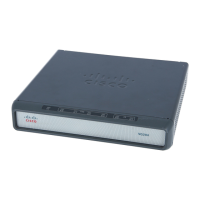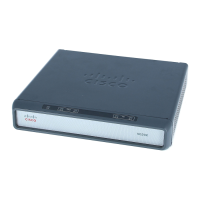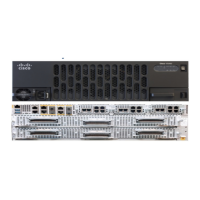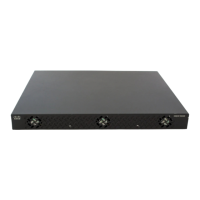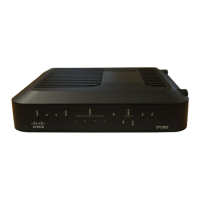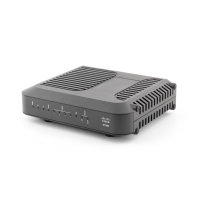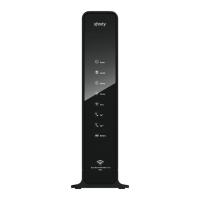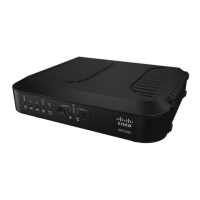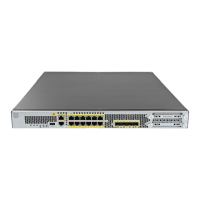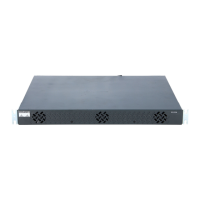RADIUS-Based Policing
How to Configure RADIUS-Based Policing
7
Step 2
configure terminal
Example:
Router# configure terminal
Enters global configuration mode.
Step 3
policy-map policy-map-name
Example:
Router(config)# policy-map child
Creates or modifies a policy map and enters policy-map
configuration mode.
• policy-map-name is the name of the policy map.
Step 4
class class-name
Example:
Router(config-pmap)# class voip
Configures QoS parameters for the traffic class you specify
and enters policy-map class configuration mode.
• class-name is the name of a traffic class you previously
configured using the class-map command.
Step 5
shape average mean-rate [[burst-size]
[excess-burst-size]] [account {qinq | dot1q |
user-defined offset} aal5 subscriber-encap]
Example:
Router(config-pmap-c)# shape average 10000
Shapes traffic to the indicated bit rate.
• average is the maximum number of bits sent out in each
interval. Available only on the PRE3.
• mean-rate is the committed information rate (CIR) in
bits per second.
Step 6
police bps [burst-normal] [burst-max]
conform-action action exceed-action action
[violate-action action]
Example:
Router(config-pmap-c)# police 10000
Configures traffic policing.
• bps is the average rate in bits per second. Valid values
are 8000 to 200000000.
• (Optional) burst-normal is the normal burst size in
bytes. Valid values are 1000 to 51200000. The default
normal burst size is 1500 bytes.
• (Optional) burst-max is the excess burst size in bytes.
Valid values are 1000 to 51200000.
• conform-action action is the action to take on packets
that conform to the rate limit.
• exceed-action action is the action to take on packets
that exceed the rate limit.
• (Optional) violate-action action is the action to take on
packets that violate the normal and maximum burst
sizes.
Command Purpose

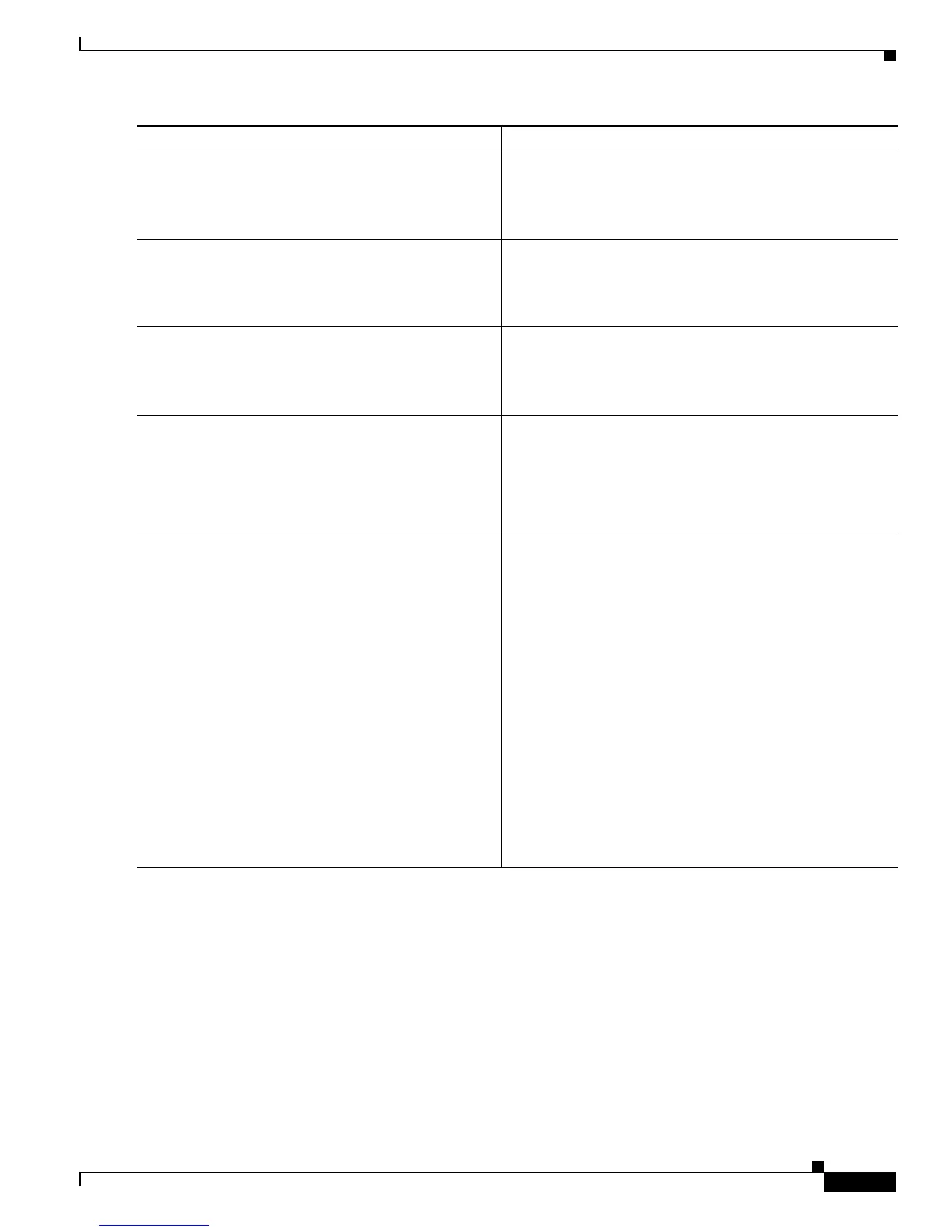